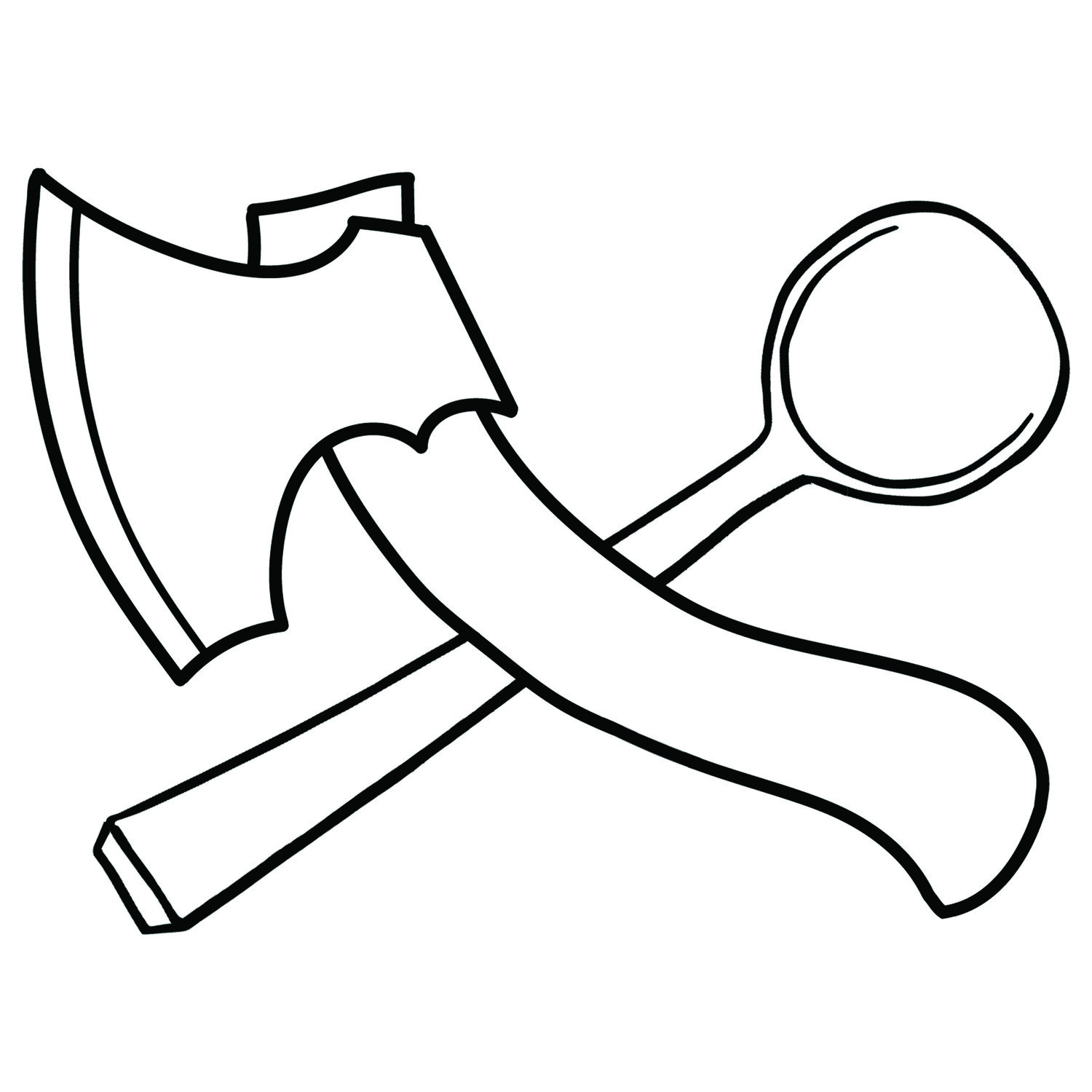Lidded boxes
Apprenticeship Day 24
Things that broke today:
- the bowl I turned yesterday
- Jarrod's drive strap for his lathe
- a lid for a lidded box
- the core from yesterday's bowl
- Jarrod's safety glasses
- my spirit
I was a bit disappointed to discover that the bowl I turned yesterday had cracked. I don't think this was from funky heartwood, just plain old drying too quickly. I had it buried in shavings, but not buried deeply enough I guess. Still, the cracks might close up, and I'll use the bowl for things other than liquids. Or just cut it in half.
As we're getting ready for a lidded box sale in February (discounts available for those who sign up to Jarrod's newsletter) that was my focus for today. The initial goal is for four a day, so I roughed out four from yesterday's bandsawn blanks. Which also just so happened to be the number of mandrels available. Jarrod had a finished box drying on the shelf for me to use as a rough guide. I'm only doing the bases, as they're basically just bowls and I haven't done lids before.
The boxes are interesting items. Like I said, the main body is just a bowl. The lid is turned so you can test it against the body. The whole process is pretty straightforward. It just requires very accurate turning to ensure a snug fit.
Box lid being turned
With those rough turned, I grabbed some more boards and went to the bandsaw. I roughed out another four pairs for lids and bases tomorrow. There's a balance to be had with production work. I could have spent more time at the bandsaw and gotten further ahead with the blanks. The advantage of spending more time repeating one task is you get into a rhythm. You develop a bit of muscle memory for the task at hand. This means you can make eight items in one sitting quicker than four items in two sessions. The balance comes with your tolerance for repetitive tasks. Fortunately there are a variety of things that all need doing, so doing 'just enough' in the name of staying motivated is a valid choice. I enjoy many of the repetitive tasks involved in wood working. It's a good way to enter a state of 'flow'. It's also possible to get too far ahead with certain tasks. Especially when you're working with a material like wood. Smaller pieces of wood have a higher relative surface area, so they dry out quicker. Regardless of the risk of cracks, drier wood is more difficult to work with hand tools. So bandsawing out a massive pile of blanks that won't get worked on for a while can be counter-productive. You can mitigate this by wrapping them in plastic and freezing them, but there's only so much freezer space.
Rough turned boxes
I spent the last part of the day turning another bowl. As mentioned earlier, the core from yesterday's bowl broke. The mandrel used to turn the first bowl is too large to turn the core. Jarrod recommends putting in a slimmer mandrel to change the gearing to better suit the smaller bowl. With the tenon mandrels we're using it's pretty easy to pop out the thick one and stick a thinner one in. However the bowl split apart when I tried it this time. This could be due to a few reasons:
- the mandrel tenon was too big and acted like a wedge
- I was smacking it too hard
- there is a hollow on the chopping block I used for support which may have left part of the bottom of the bowl unsupported
- the core was quite small, with not enough material under the mortice hole
So with the core material split in twain, I instead turned a bowl from a fresh blank. I decided to go with a hollow form bowl with a foot a little taller than I normally turn. There was some surface checking on one end of the blank. I made sure to turn under all the visible cracks, but I'm not confident it'll survive the dry conditions. It's currently buried deep under fresh shavings. Only time will tell if this bowl will survive.






